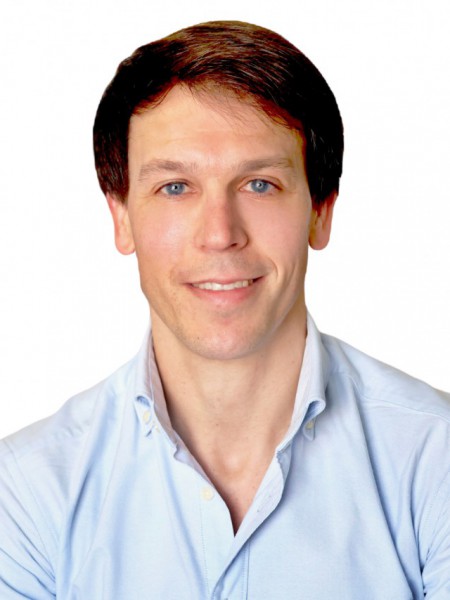abstract
Bottom-up tissue engineering is a promising approach for designing modular biomimetic structures that aim to recapitulate the intricate hierarchy and biofunctionality of native human tissues. In recent years, this field has seen exciting progress driven by an increasing knowledge of biological systems and their rational deconstruction into key core components. Relevant advances in the bottom-up assembly of unitary living blocks toward the creation of higher order bioarchitectures based on multicellular-rich structures or multicomponent cell-biomaterial synergies are described. An up-to-date critical overview of long-term existing and rapidly emerging technologies for integrative bottom-up tissue engineering is provided, including discussion of their practical challenges and required advances. It is envisioned that a combination of cell-biomaterial constructs with bioadaptable features and biospecific 3D designs will contribute to the development of more robust and functional humanized tissues for therapies and disease models, as well as tools for fundamental biological studies.
keywords
SHEAR-THINNING HYDROGELS; STIMULI-RESPONSIVE NANOCARRIERS; MAGNETIC CELLULAR SPHEROIDS; MESENCHYMAL STEM-CELLS; SURFACE SIALIC ACIDS; TISSUE CONSTRUCTS; EXTRACELLULAR-MATRIX; POLYMERIC NANOPARTICLES; SPATIOTEMPORAL CONTROL; BUILDING-BLOCKS
subject category
Chemistry; Science & Technology - Other Topics; Materials Science; Physics
authors
Gaspar, VM; Lavrador, P; Borges, J; Oliveira, MB; Mano, JF
our authors
acknowledgements
V.M.G. and P.L. contributed equally to this work. The authors would like to acknowledge the support of the European Research Council for project ATLAS, grant agreement ERC-2014-ADG-669858. This work was developed within the scope of the project CICECO - Aveiro Institute of Materials, FCT Ref. UID/CTM/50011/2019, financed by national funds through the FCT/MCTES. This work was also supported by the Programa Operacional Competitividade e Internacionalizacao (POCI), in the component FEDER, and by national funds (OE) through FCT/MCTES, in the scope of the projects PANGEIA (PTDC/BTM-SAL/30503/2017), TranSphera (PTDC/BTM-ORG/30770/2017), Margel (PTDC/BTM-MAT/31498/2017), and by the Programa Operacional Regional do Centro - Centro 2020, in the component FEDER, and by national funds (OE) through FCT/MCTES, in the scope of the project SUPRASORT (PTDC/QUI-OUT/30658/2017, CENTRO-01-0145-FEDER-030658). The PANGEIA project is acknowledged for the individual Junior Researcher contract of V.M.G. The authors also acknowledge financial support by FCT through a Ph.D. grant (SFRH/BD/141834/2018, P.L.) and through individual contracts (CEECIND/03202/2017, J.B.; CEECIND/03605/2017, M.O.).






